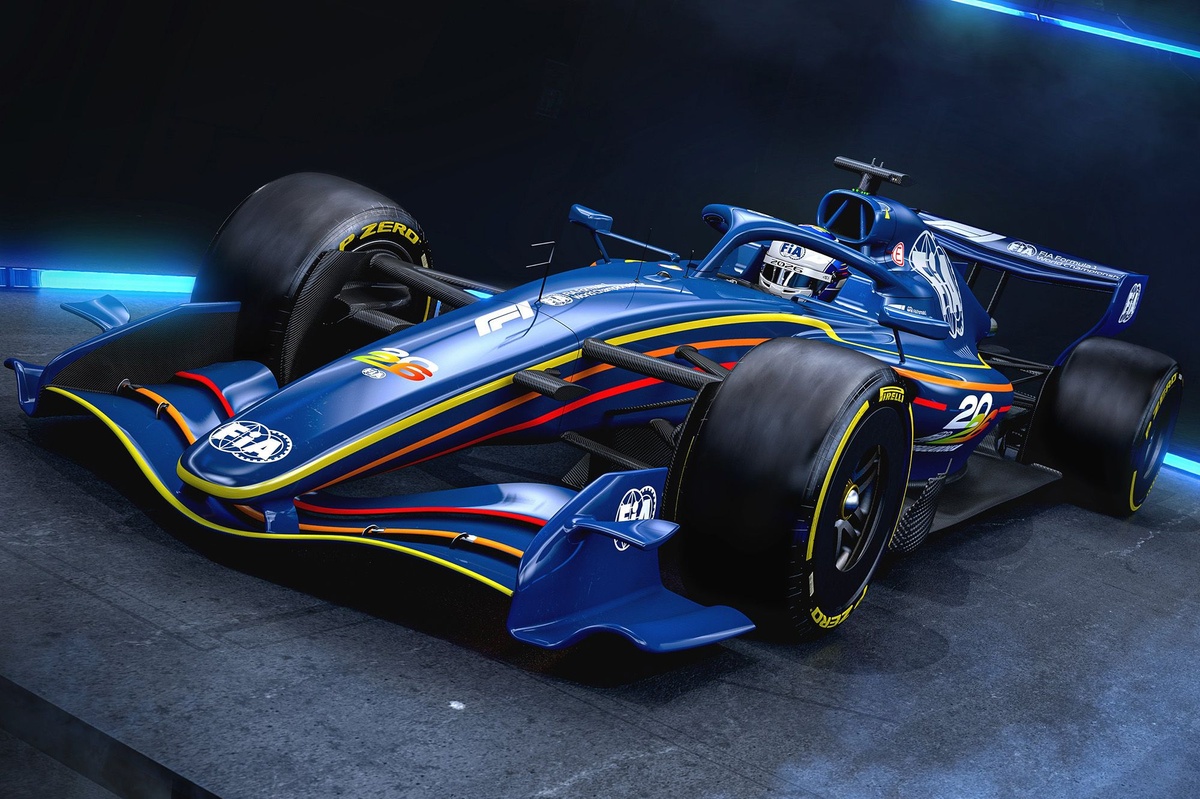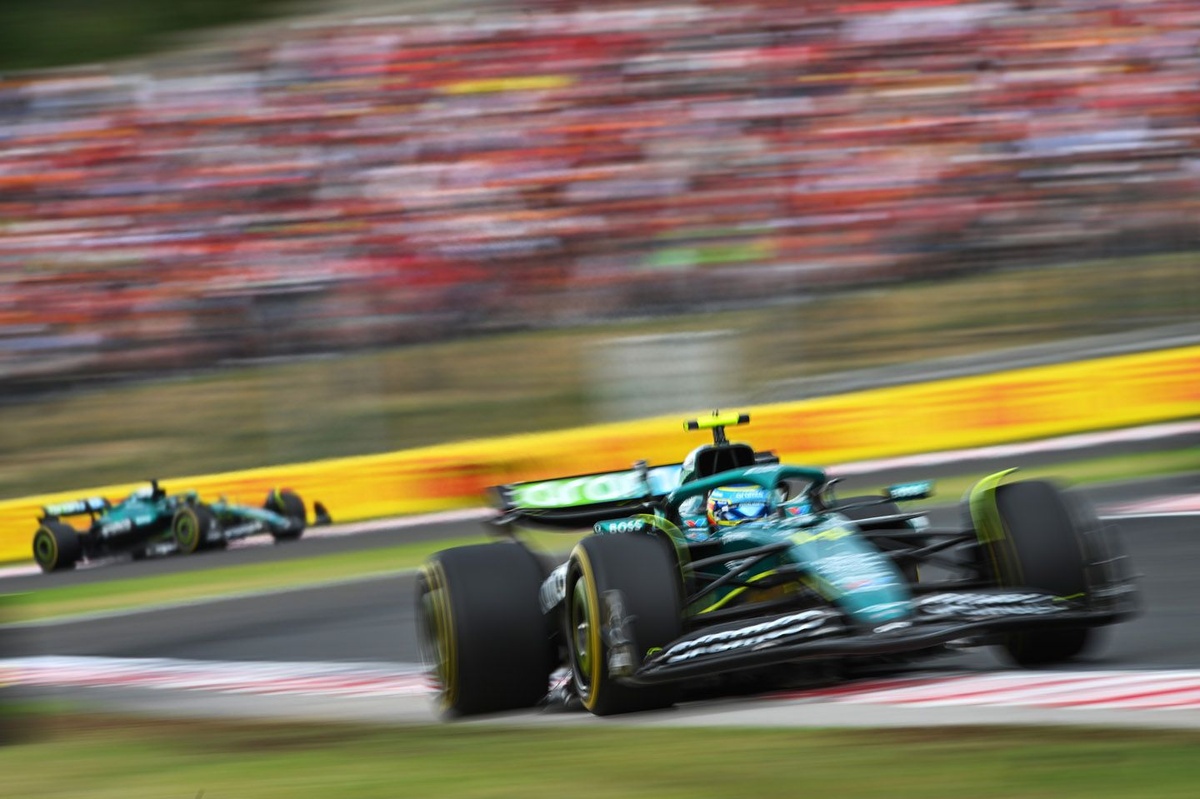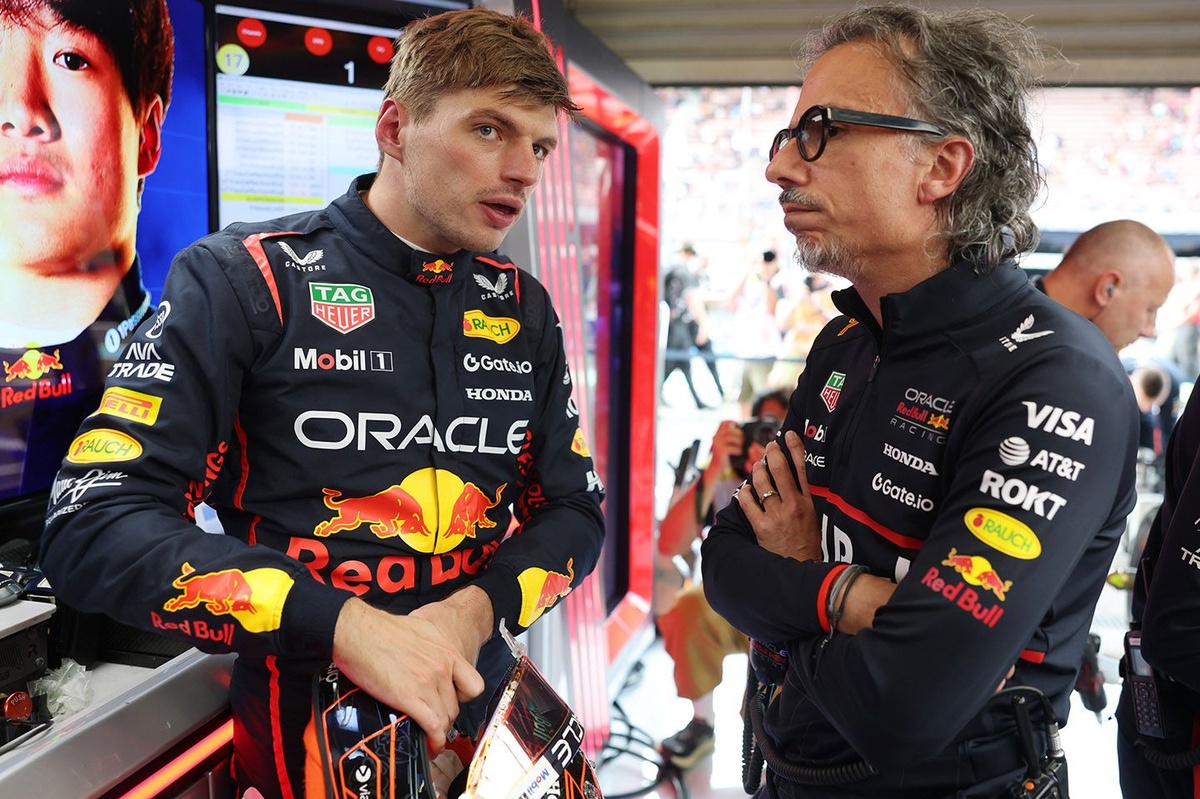Formula 1 2026: Teams Urged to Ease Driver Workload Amid Major Regulation Changes
Williams team principal James Vowles has highlighted the need for Formula 1 teams to address driver concerns regarding the increased workload associated with the all-new 2026 cars. Despite initial apprehensions regarding the major regulatory shifts coming next year, Vowles plays down panic, emphasizing the necessity for adaptations to both chassis and power units.
The Shift to 2026: Understanding the Changes
Next season marks one of the most significant regulation changes in Formula 1 history, with an almost even split between electric energy and internal combustion engines. The shift will necessitate greater energy management over the course of a lap, placing an even heavier demand on drivers.
Increased Workload for Drivers
Driver-in-the-loop simulators have revealed that the 2026 models diverge markedly from the current generation, notably intensifying the mental workload for pilots. Ferrari‘s Charles Leclerc has vocalized his concerns about the new simulator experiences, although early iterations are not fully representative of the final cars that will debut during winter testing in January.
A More Nuanced Response from Drivers
In contrast, Williams driver Alex Albon has offered a measured perspective after testing a more developed simulator concept. He acknowledged the challenges of managing the new car’s energy states while also hinting at the potential for strategic manipulation – similar to the tactics seen in Formula E racing.
“Drivers who have the brain capacity to understand and facilitate all these demands will go well,” Albon said, noting the importance of simulator work in preparation for the upcoming season.
Adapting to New Demands
Vowles noted that initial feedback from drivers was overwhelmingly negative. However, he assured that as they gained more experience with the simulator, opinions shifted. “As drivers adjusted to the changes, complaints diminished,” he explained. While the early impressions may cause concern, Vowles believes that ongoing adaptation will alleviate issues.
“We’ve got a lot more work to do to refine it, and we’ve got to make it easier on the driver, because I think the workload is actually very, very difficult,” he stated. With six months remaining before the new regulations are fully implemented, Vowles remains optimistic about finding solutions.
Looking Ahead: Overtaking and Race Dynamics
Vowles is unconcerned that the new active aerodynamics on wings and the replacement of the current DRS system could lead to fewer overtaking opportunities. In fact, he believes the upcoming changes could enhance racing dynamics.
“I think you’re going to get much bigger differences in straightline speed,” he explained, suggesting that the revised structures could offer drivers more tools to execute overtakes than ever before.
As the countdown to the 2026 season continues, teams and drivers will need to work closely together to navigate these significant changes, ensuring the excitement of F1 is not only preserved but potentially enhanced.





